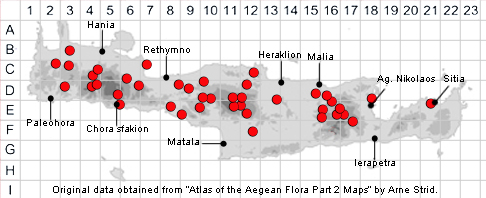SPECIES DESCRIPTION
CRATAEGUS MONOGYNA
Family and Genus:- See- ROSACEAE
Common Names:- Hawthorn
Homotypic Synonyms:- Crataegus aegeica, Crataegus azarella, Crataegus
laciniata, Crataegus panachaica
Meaning:- Crataegus (Gr) Strong. A name used by Greek philosopher
Theophrastus for the hawthorn's timber.
Monogyna (Gr) With a single ovary.
General description:- Deciduous shrub or small tree up to 10 m; spines 7-20 mm.
Twigs:-
1) Glabrous or sparsely villous.
Leaves:-
1) Obovate to rhombic, cuneate, discolorous;
a) of the flowering shoots with 1-3 pairs of subentire or sparsely toothed lobes.
b) lobes, 3-7, oblong, acute or subobtuse,
2) Stipules, entire, lanceolate-subulate.
Flowers:-
1) Inflorescence, 4-15-flowered, lax.
2) Sepals, deflexed, narrowly triangular.
3) Petals, 5, 3-7 mm.
4) Styles, 1(-2).
Fruit:-
1) Berry, 6-11 x 5-10 mm, subglobose to broadly cylindrical, red; crowned by
deflexed sepals, which are usually slightly longer than wide.
2) Pyrenes, 1(-2).
Key features:-
1) Leaf-lobes, acute to subobtuse; entire or with a few acute teeth.
2) Stipules, entire.
3) Ripe fruit, 6-10 mm, dark or bright red.
Habitat:- Openings in mixed forest, scrubland vegetation and mixed scrub, field
margins, hedges, on various substrates. 0-1000(-1600) m.
Distribution:- Widespread and common throughout the Mediterranean. Widespread
and common on Crete.
Flowering time:- Apr-June.
Photos by:- Steve Lenton

